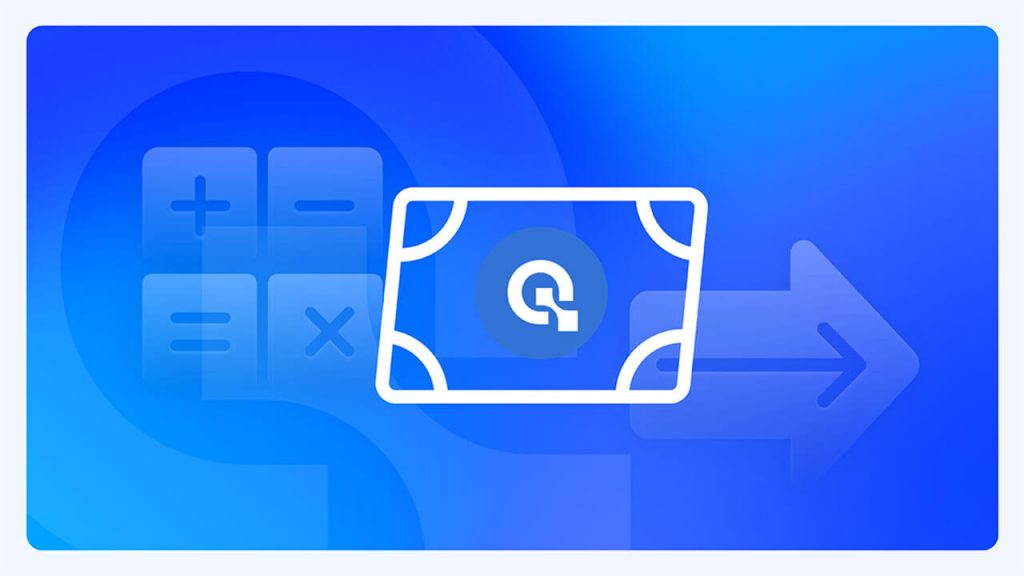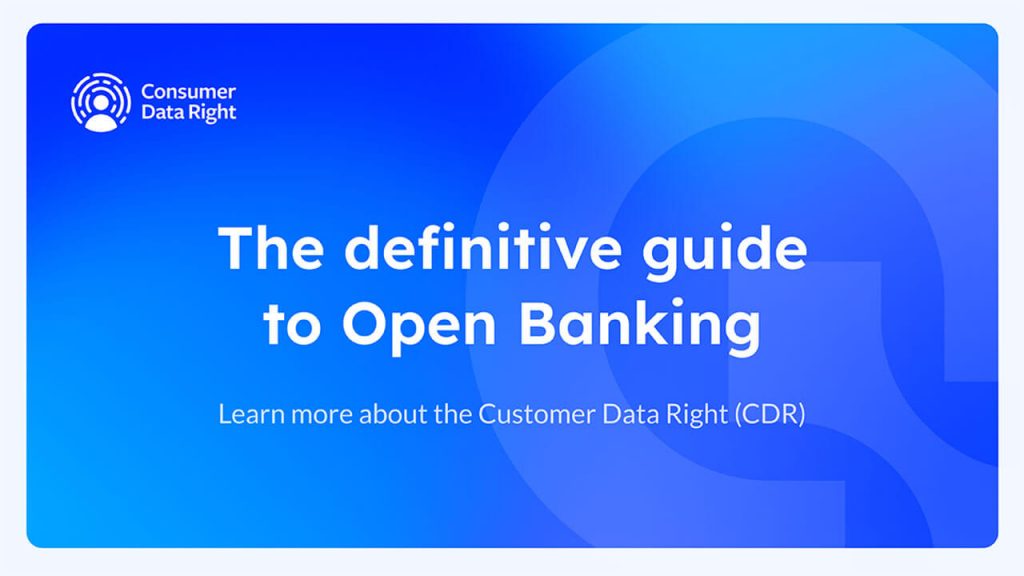Hello and welcome to the February edition of my Open Banking Insights blog! Thank you everyone for the generous feedback on last month’s edition: it’s great to see that as an Australian Open Banking community there’s an appetite on all sides to iterate and improve – so please keep sharing your insights.
Thanks too for your patience. This blog is supposed to review the month that was in Open Banking – in this case, February – but the past few weeks for me have had very little to do with Open Banking and a lot to do with getting married. We’ll have future editions hot off the press at the start of each month.
How to get great user conversion from your Open Banking service
Last month I looked at consumer experience (CX) across data holders: why it matters, how we measure it here at Basiq, and how the data holders stack up. I’ve got an update on the leaderboard below, but first I wanted to look at CX and conversion from the other side, as a recipient.
Just as we see consumers at some banks completing the CDR journey in higher numbers than at others, we also see a wide range of conversion rates among the apps on our platform. Up Bank is a standout among data holders and all of our customers have good conversion rates with them – but some are consistently outstanding. If I am an app sending thousands of users to Up to connect their accounts each month, I want to know – how do I get from good conversion to outstanding?
The short answer is, ask PocketSmith. It is an online money management platform used in over 190 countries that specialises in personal financial forecasting and a visual approach to budgeting.
Just as Up Bank consistently tops the list for conversion among data holders, PocketSmith consistently does the same among apps using the data. For data holders with poor or average conversion, PocketSmith is the least affected and gets the most users through; for high-performing data holders such as Up, PocketSmith’s conversion goes through the roof.
So we asked PocketSmith’s co-founders Jason Leong and James Wigglesworth about what they can tell us about Open Banking CX best practices.

PocketSmith has integrated with Open Banking providers around the world over a number of years. What general lessons have you learned from that experience, about how best to guide a user through the bank linking journey?
“At PocketSmith, we fight for our users’ rights to their data by partnering with the best financial data provider in each key region we serve: Australia, New Zealand, the US, UK and Europe.
It’s a rapidly changing landscape, and we’ve learned that the best thing we can do is make our users comfortable during the experience. This is a critical success factor when guiding people through linking their accounts to a product like ours.
We talk like humans in our interfaces and use familiar language when describing the actions the user will take. Explanations are essential when introducing users to Open Banking technology, and this means we carefully pick our words, right down to the buttons and labels.
We’ve also learned the importance of reducing the number of “interface jumps” a user experiences when linking their accounts, especially at the start of their journey. One example of this is sending the user directly to their bank’s Open Banking portal to authorise the connection without hindering their flow by making them first search for their bank within the data provider’s interface.“
Under CDR you are redirecting the user to the bank’s portal which is effectively a black box to you. How do you set them up to complete that journey successfully outside of your app?
“Our users approach their bank’s Open Banking portal with a sense of anticipation because they’ll be looking forward to seeing and working with their financial data in PocketSmith. The promise of the experience to come is why our users are excited about connecting with their bank and completing the journey successfully outside of our app.“
Do you have any best practices for open banking CX that you would like to share?
“It’s good practice to be aware that transmission issues occur, and subsequently, to enforce resilience and consistency when retrieving Open Banking data so that users can continue to interact effectively with their data.
One of the ways we do this is through smart caching of transaction data. We store edits and changes and ensure that there’s a path for people who need to back-fill data when Open Banking availability issues occur.
By being careful and conscious, we greatly enhance the customer experience in what can be a volatile environment.”
If you had a magic wand and could change any aspect of the CDR user experience, what would it be and why?
“If we had a magic wand, we would wave it, and banks would be taking notes from Up, and building closer relationships with their customers over Open Banking through better accountability and consequently, better messaging.
Data providers and platforms like ours are forced to act as intermediaries as well as conduits for Open Banking data, which is inefficient and results in a poor user experience. When something goes wrong, the user tells the platform, which tells the data provider, which then tells the bank. Problems cost a lot more time and money to solve, and the consumer – who should be empowered by the CDR – is the lowest priority for the bank.
In our ideal world, consumers are prioritised, and would receive clear, explicit error messages from their banks when something goes wrong in retrieving their data. Missing a phone number or contact details for a joint account holder? Tell the user. A server error due to maintenance? Take responsibility, and ask the user to try again later. At present, the users receive generic error messages when setting up feeds with their banks, leaving them frustrated and ill-informed about what is happening, and what to do next.
And though it’s fairly early and we’re looking into a crystal ball here, we’re a bit nervous about the re-authorisation flow when the consent between the bank and Basiq expires, a year after creation. If it were possible for users to extend consents directly within their online banking or mobile banking interfaces, without needing to manage or re-establish that consent via PocketSmith and Basiq, that’d lead to a much smoother user experience on an ongoing multi-year basis.“
Data Holder Leaderboard | February 2023
I’ve added some more details to the leaderboard which I hope are useful:
- The Basiq CX score – this is a composite of the metrics we use to measure data holder CX performance, with a weighting on conversion (i.e., the consumer completing the journey of sharing their accounts in the data holder’s portal)
- Rank Change – the change in rank from last month

Up continue to sweep all key CX metrics, month in and month out; good to see Bank Australia holding on to the second spot.
Qantas have dropped out of the top 10 due to a patch of several days early in the month where new users were unable to access the data holder portal. ING have had some teething issues since switching providers mid-month. I expect both to come back strongly in March.
In other news
ING switched Open Banking Data Holder service providers on February 21, unfortunately resulting in existing consumer consent arrangements being invalidated. They have had significant trouble with their initial solution and been fined for not meeting their obligations (including supporting Joint Accounts, Secondary Users and Nominated Reps). We have integrated with the new ING implementation and can confirm that the new solution will allow the bank to meet those obligations, including support for joint accounts and extended account details.
Consumers have had a bumpy ride with the change. As expected, all consent arrangements with ING’s previous solution were invalidated and so after the cutover customers needed to link their ING accounts again. A significant number of ING users have dropped off, despite emails from ING prompting customers to reconnect their accounts. The new solution has had teething issues with a significant proportion of requests failing due to timeouts and related performance issues and ING are working through those tickets. It is improving, we will keep you informed!
Open banking CX is a level playing field
Based on a lot of data across a lot of use cases, we are seeing clear patterns emerge in user conversion – and one of those patterns is that challenger banks are doing as well or better than their established competitors. Up and Bank Australia are consistently the top two and shaping up well again so far this month.
Kogan, Unloan and Judo Bank don’t make it into the top 10 because their numbers are below the confidence threshold, but they consistently have great conversion.
We have heard several stories direct from end users where the account holder has switched banks due to a poor data sharing experience. Many businesses require a range of financial services apps to help them operate efficiently. As the CDR framework matures and more customers expect to be able to share their data, and for the data to be high quality, the sharing experience will become more central to the banking experience itself.
As always, I would love to hear your thoughts. Please comment or message me directly at alex@basiq.io.
Article Sources
Basiq mandates its writers to leverage primary sources such as internal data, industry research, white papers, and government data for their content. They also consult with industry professionals for added insights. Rigorous research, review, and fact-checking processes are employed to uphold accuracy and ethical standards, while valuing reader engagement and adopting inclusive language. Continuous updates are made to reflect current financial technology trends. You can delve into the principles we adhere to for ensuring reliable, actionable content in our editorial policy.





